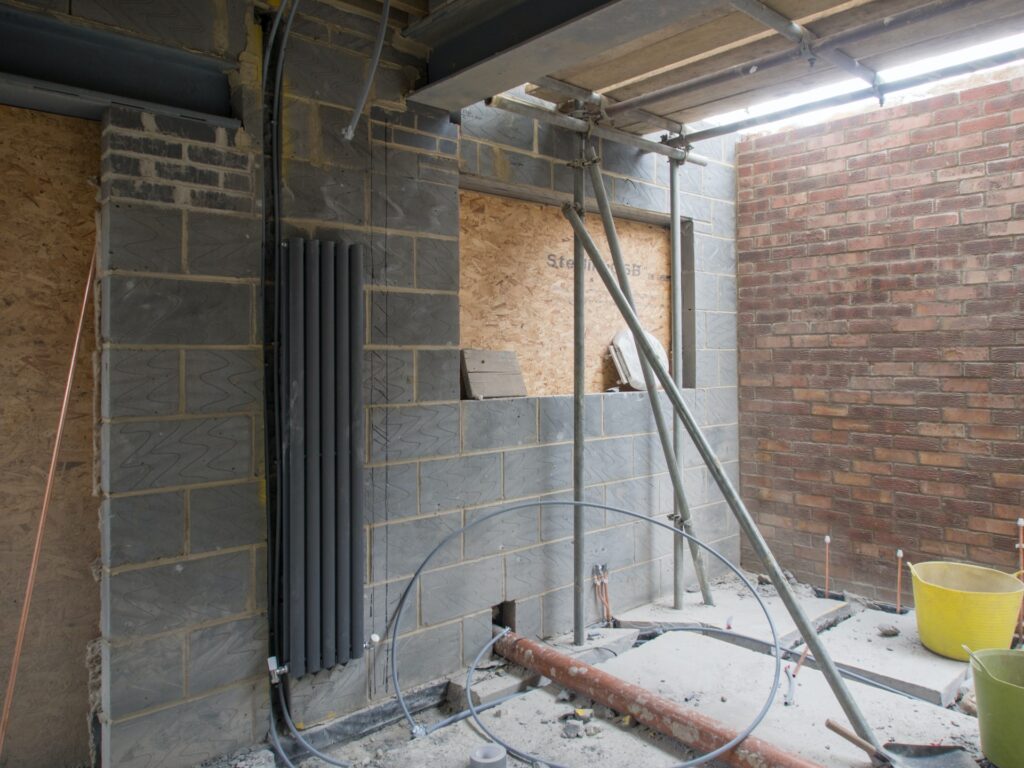グレードアップの目的
Upgrades – グレードアップといえばグレードアップ「工事」を指すのが一般的だと思いますが、グレードアップにも、ハードウェア的な面と、ソフトウェア的な面があります。もちろん、これは択一的なものではなく、相互に密接に関連し、総体としてグレードアップを成すものです。
例えば、オフィスビルの照明を蛍光灯から電力効率の高いLEDに変更する工事は、一般的にはハードウェア的なグレードアップと捉えられますが、そこには「環境に配慮した建物とする」「社会要請に応じる」「ランニングコストを下げる」などのコンセプト付けが伴います。これは対外的(入居テナント含め)には、リーシング力を強化する「言葉」になります。この「言葉」を活かさずに工事だけを実施するのは、LED化による受益を半分逸失しているようなものです。
上記のような視点も含め、グレードアップの目的を整理しますと、
・ビルの資産価値を向上する(リーシング強化含め)
・入居テナントの満足度を向上する(賃料負担含め)
・
といった事になるのだと思います。
この整理は「オーナーのメリット」「入居者のメリット」の2軸です。何かを実施する際には、関係者の一方的なメリットの追求と享受だけではビル運営は成り立ちません。ビルの資産価値が向上する事で、入居者も、そこで働いている、住んでいる事の喜びを得られるものでなければ「活きた」投資にはなりません。
「環境に配慮した」は、新築物件ではデファクトスタンダードであり、特段競争力のある言葉では無いですが、これが比較的賃料の安い、例えば築年数を重ねた物件での対応であれば、また話が変わってきます。しかし築年数を重ねた物件に、どこまでの投資をし、回収を見込むかという視点は更に重要です。新築物件と同じだけの熱量で投資する事は、回収見込みを長期化させ、または破綻させる可能性があり、避けなければなりません。
上記のグレードアップの目的の3つめが空欄ですが、ここには別の視点が入ります。
・周辺環境を向上する
この「周辺環境」は物理的な周辺環境のみならず人的環境を含めたものです。グレードアップの効果として見落としがちなのは、その地域や隣接するビルオーナーへの影響も少なからずあるという事です。隣のビルの改修時には、さらなる競争力強化のため、同じようにLED化を図ろうとしたり、より多くの事を試そうと思うかも知れません。そうやっていずれはその地域全体の価値向上に繋がっていく、社会的な寄与を、私はグレードアップの大きな目的の一つに据えたいと思います。
グレードアップの際の留意点
実際にグレードアップを計画しているビルオーナーには、上記の観点から、先ず「ビル・マンションをどうしていくのか」というコンセプトを(無い場合)立てる必要があります。そのコンセプトに従い、計画は立案されていくべきですし、コンセプトがあれば、計画の取捨選択も明確になります。また、今後の収支計画にどのようなインパクトを与えるのかの検証が必要となります。出来るだけ精緻に、工事費の算出、賃料・空室率の改善などを見込んだシミュレーションを繰り返し実施します。その上で、実施の有無、実施の時期などを確定していきます。
内装の改修による美観の向上などは、ビルオーナーにとっては「収益向上に繋がらない」と思われがちな内容かも知れません。しかし、リーシングを有利にしたり、周辺環境全体を含めた価値の向上に寄与出来る可能性があります。
ただ、具体的に何故寄与出来るのか、これまで曖昧にされてきたというのが実情であるとも思います。
何となく美しくなるのでリーシングが有利になるでしょう、賃料が上げられるでしょう、といった雰囲気でグレードアップが語られる、美しい内観図だけでオーナーが説得されるといった状況は、健全ではありません。
PROPUPは雰囲気で語るのではなく、可能な限り数値化・見える化を図り、ビルオーナーと同じ認識を共有して、計画をアシストしていきます。

Purpose of Upgrades
Although it is common to refer to upgrade “construction” when talking about upgrading, there are hardware and software aspects to upgrading as well. Of course, this is not an optional aspect, but rather they are closely interrelated, and together they constitute an upgrade as a whole.
For example, the changeover of lighting in an office building from fluorescent to LED with high power efficiency is generally regarded as a hardware upgrade, but it is accompanied by conceptualization such as “making the building environmentally friendly,” “responding to social needs,” and “reducing running costs. These are “words” that will strengthen leasing power externally (including to tenants). If you only implement the construction without taking advantage of these “words,” you are missing out on half of the benefits of the LED conversion.
The purpose of upgrading, including the above perspectives, is to
1) Improve the asset value of the building (including strengthening leasing)
2) Improve tenant satisfaction (including rent burden)
3)
This organization is based on the two axes of “benefits to the owner” and “benefits to the tenants. When implementing something, building management cannot be achieved only by the unilateral pursuit and enjoyment of benefits by the parties involved. It cannot be an “active” investment unless it increases the asset value of the building, and the tenants also get the pleasure of working and living there.
Environmentally friendly” is the de facto standard for new buildings and is not a particularly competitive term, but it is a different story when applied to older properties with relatively low rents. However, it is even more important to consider the extent to which you are willing to invest and expect to recoup your investment in an older property. Investing the same amount of heat as in a newly constructed property may prolong or ruin the payback projection and should be avoided.
The third objective of upgrading above is left blank, but another perspective enters here.
3) Improve the surrounding environment.
This “surrounding environment” includes not only the physical surroundings but also the human environment. What is often overlooked as an effect of upgrading is that it has no small impact on the area and adjacent building owners. When a neighboring building is renovated, they may try to do the same or try to do more with LEDs in order to further enhance their competitiveness. In this way, I would like to make a social contribution that will eventually lead to an increase in the overall value of the area, which is one of the main purposes of upgrading.
Points to keep in mind when upgrading
For building owners who are actually planning to upgrade their buildings, it is necessary to first formulate a concept (if there is none) of “what to do with the building or condominium” from the above perspective. Plans should be drawn up in accordance with that concept, and if there is a concept, the selection and selection of plans will become clear. It is also necessary to verify the impact of the plan on future income and expenditures. As precisely as possible, we will repeatedly conduct simulations to calculate construction costs and anticipate improvements in rents and vacancy rates. Then, we will determine whether or not to implement the project and when to implement it.
Building owners may tend to think that improving the aesthetics of the building through interior renovations will not lead to an increase in revenue. However, it can contribute to the improvement of leasing and the overall value of the surrounding environment.
However, I think the reality is that it has been vague as to why it can contribute in concrete terms.
It is not healthy for owners to be persuaded by beautiful interior views alone, or to talk about upgrading in the atmosphere of “it will be advantageous for leasing or raise rents because it will be somehow more beautiful.
PROPUP does not talk in terms of atmosphere, but rather, as much as possible, quantifies and visualizes the improvement, sharing the same understanding with the building owner and assisting in the planning process.
- AM/PM/BM/LM/FM/CM
- 工事区分について – Construction Classification
- About Long-term Repair Plan – 長期修繕計画
- 収支計算の際に大切なこと
- グレードアップについて – About Upgrades
